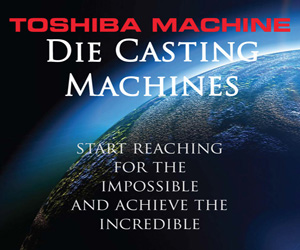The real material cost is the product of two factors:
- Net material cost per unit of volume
- Component material volume
Five factors determine the net material cost per unit of volume:
- Purchase price of material per unit of weight
- In-plant processing and handling cost
- Cost of recycling in-house scrap
- Value of scrap sold outside the plant
- Scrap generated by finish machining operations
Purchased price of material per unit of weight
- Materials are purchased on a per-pound basis, employed on a per-cubic-inch basis.
- Ingots: one of the common material forms that die casting alloys are purchased in before being melted.
In-plant processing and handling cost
- Major in-plant processing cost associated with die casting alloys is the energy required to melt them.
Cost of recycling in-house scrap
- In-house die casting scrap consists of rejected castings and the metal that solidifies in the metal distribution system of the die which is subsequently trimmed off and returned to the melting furnace.
- Die casting process benefits from the ability to reprocess virtually 100% of its scrap.
- Adds five to ten percent to the material cost for die castings.








